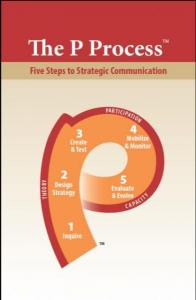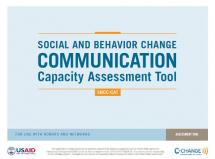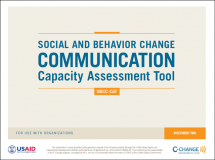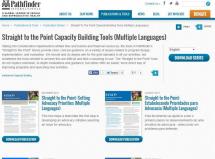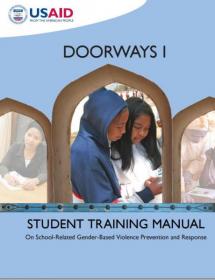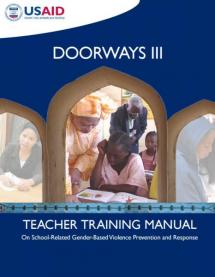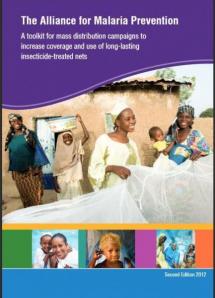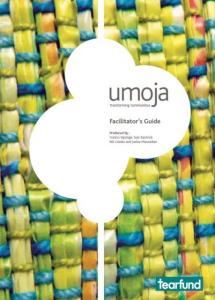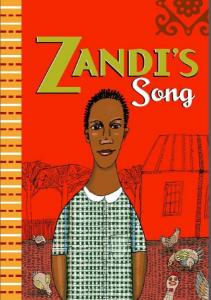Student Training Manual on School-Related Gender-Based Violence Prevention and Response- Doorways I
A set of communication and training materials were developed for an intervention to prevent and mitigate school-related, gender-based violence (SRGBV). The materials included codes of conduct, a life skills curriculum for students, and a training curriculum for teachers, comic books for SRGBV youth clubs, findings from qualitative and quantitative research that provided the evidence for the intervention, and translated and adapted versions of USAID’s Doorways I and III Safe Schools curricula. The intervention was implemented in 31 schools in the DRC.
The materials are aimed at equipping girls and boys ages 10–14 to resist, avoid, and report incidences of SRGBV and receive supportive services. At the same time, the intervention builds the ability of administrators, teachers, SRGBV focal persons in schools, and parents to identify and discourage SRGBV and intervene, if incidences occur. Healthy gender norms are also promoted.
The overall objective of the training program is to help students learn how to prevent violence and increase their own effectiveness through better knowledge, attitudes and skills required in the field of healthy relationships, reproductive health, HIV prevention and the rights and duties of children.
- Doorways I aims to improve interpersonal communication among students, help them with conflict management, and teach critical and creative thinking skills and decision-making to help prevent and fight against GBV. Planned activities in the manual give students the opportunity to participate in learning activities through hands-on experience which allows them to practice their new skills.
- Doorways II was designed to train community members to help prevent and respond to SRGBV by instructing them in basic listening skills and response procedures. The booklet is also a resource community counselors can refer back to as they seek to put into practice the new information and skills gained from the Doorways training program.
- Doorways III was designed for teachers of primary schools and those of the terminal degree general secondary education. Teachers can play an important role in the prevention of violence and also help encourage non-violence in families and in the community. This manual includes reference material on the prevention and response on gender-based violence in schools. It contains information and materials that participants can use.
At the end of the program, students are expected to be able to protect themselves against gender-based violence and have healthy relationships with peers and adults.
Last modified: July 23, 2021
Language: Arabic, English, French

